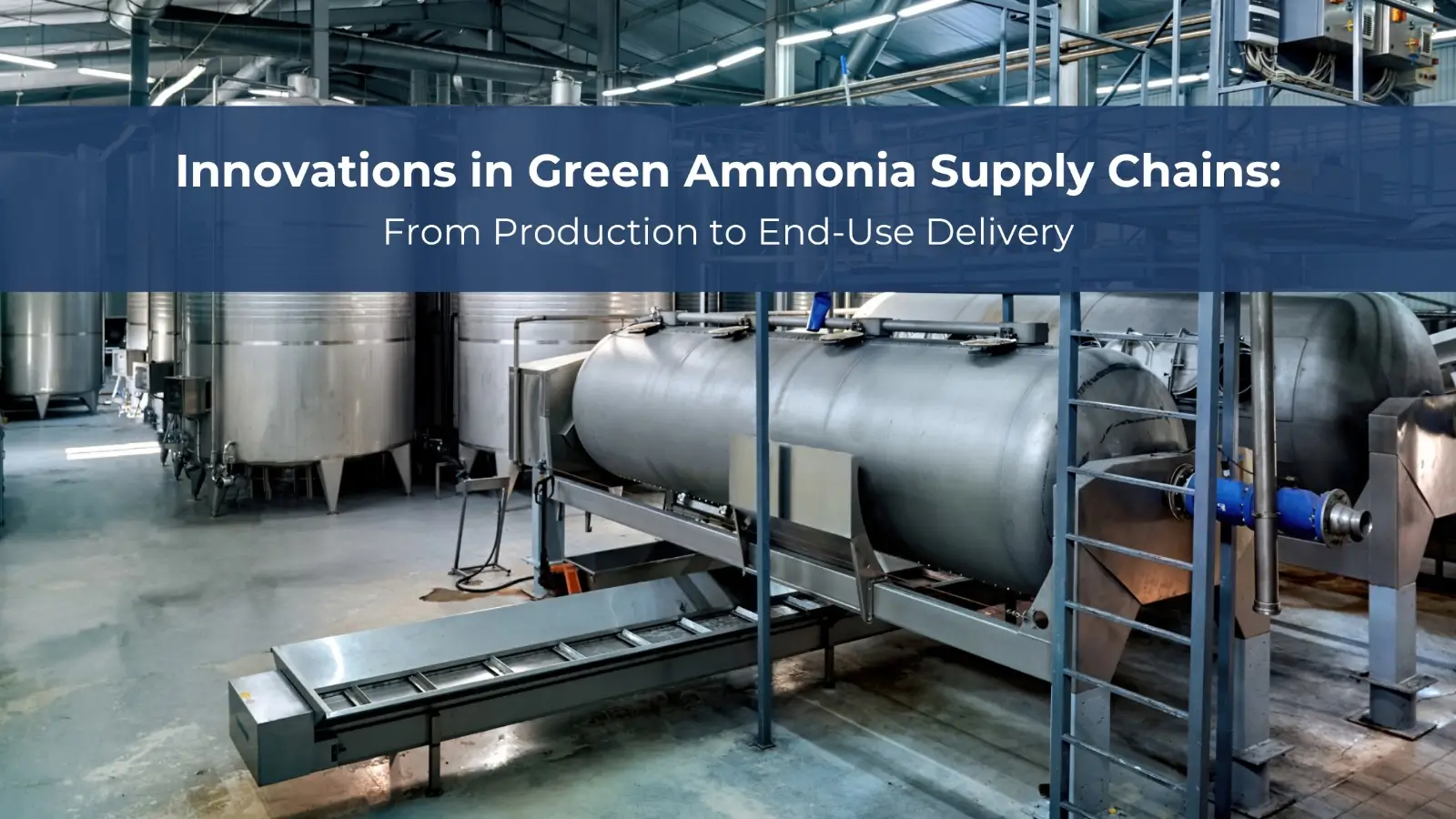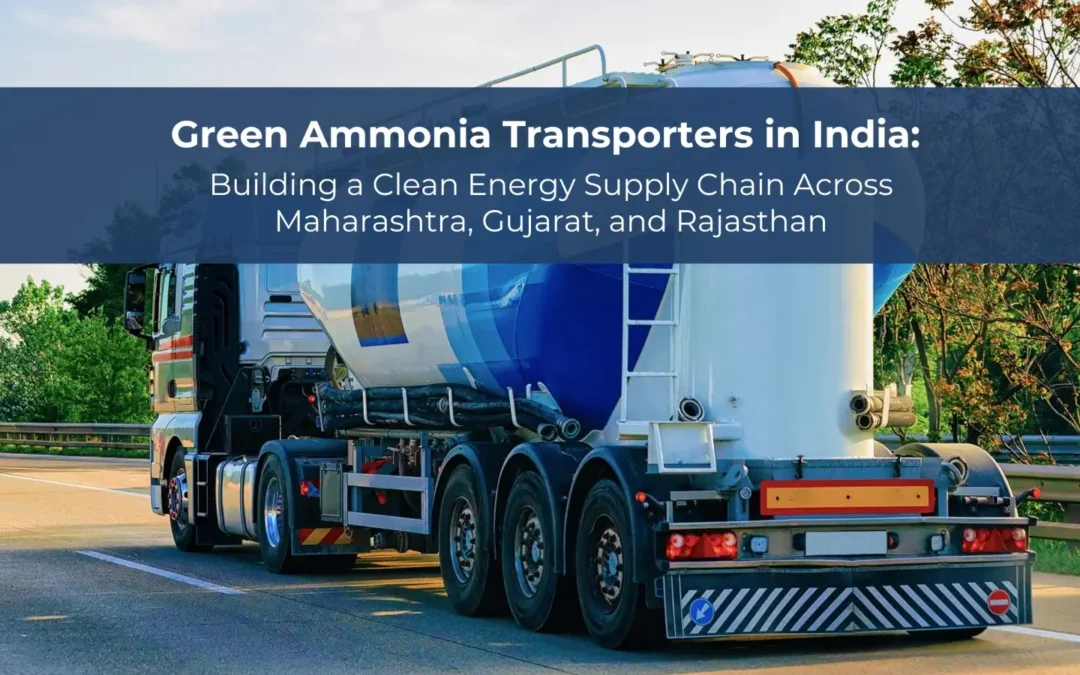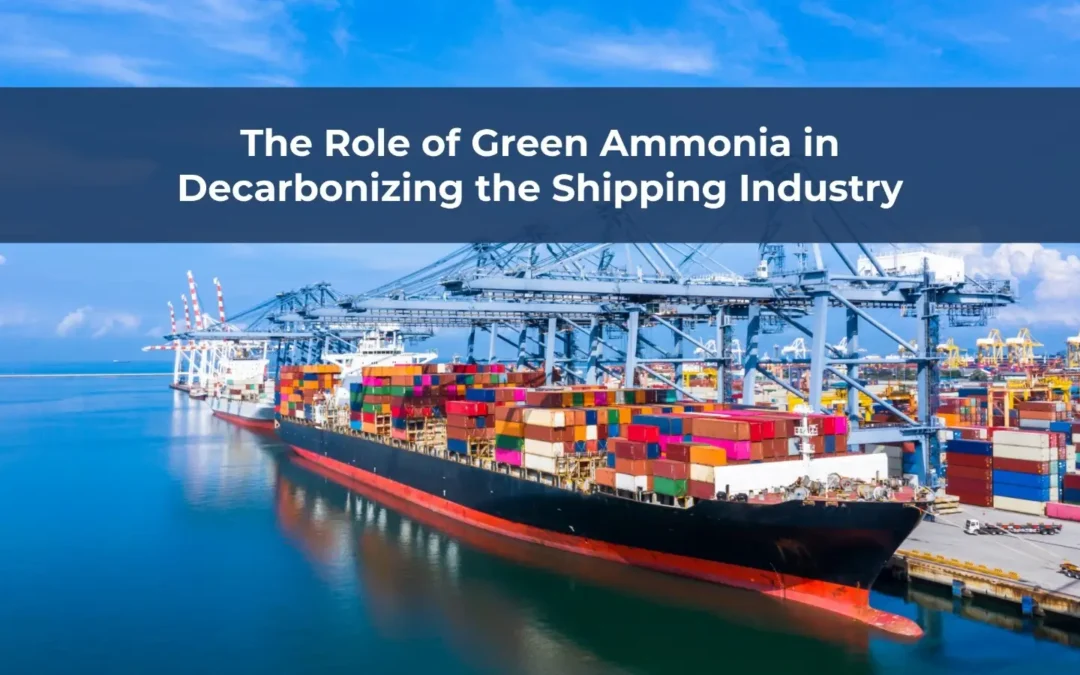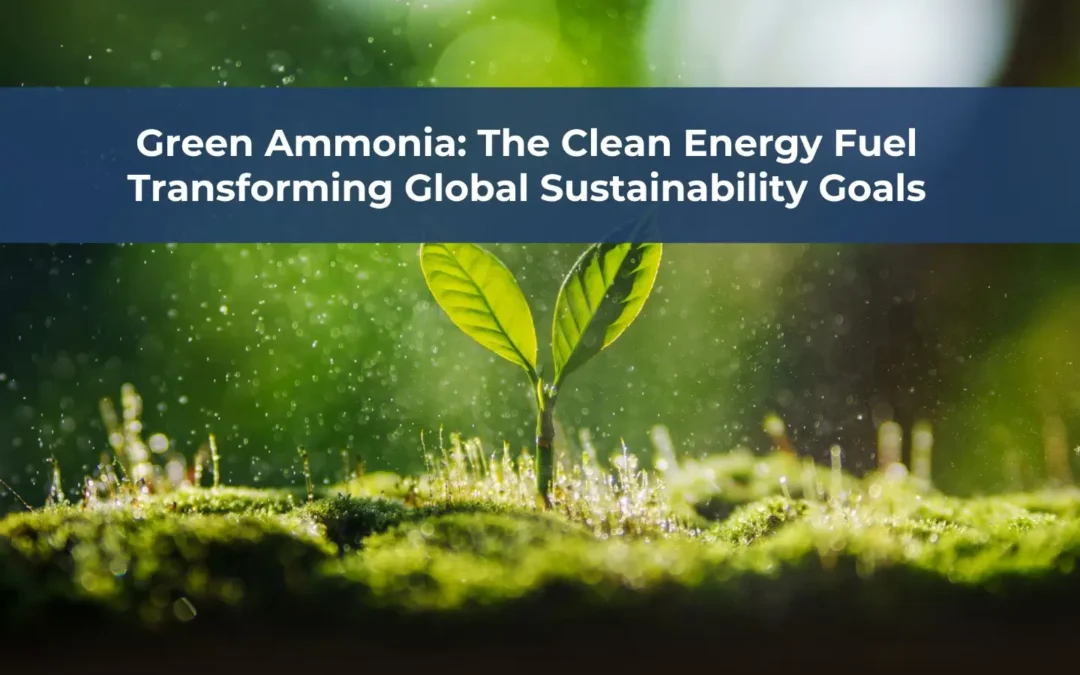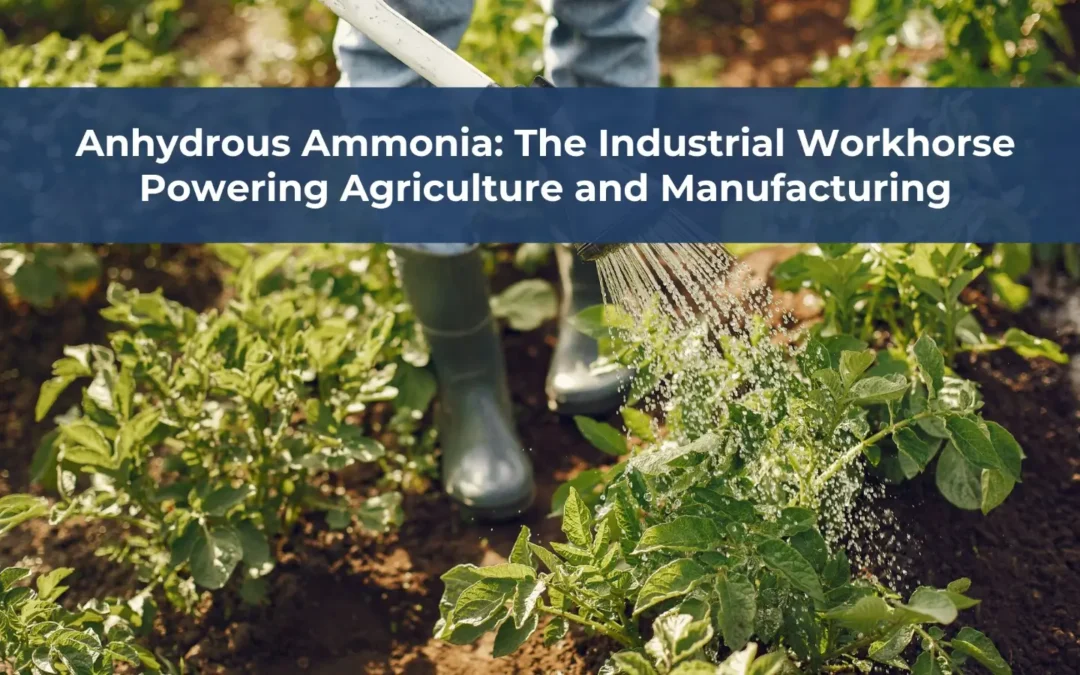Innovations in Green Ammonia Supply Chains: From Production to End-Use Delivery
The global transition to clean energy has placed green ammonia at the forefront of sustainable solutions. As industries seek alternatives to fossil-based fuels and fertilizers, green ammonia presents itself as a renewable, carbon-free energy carrier and agricultural input. However, for this potential to be fully realized, innovation is needed across the entire supply chain—from production to storage, transportation, and end-use delivery.
In this blog, we’ll explore how advancements in each stage of the green ammonia supply chain are shaping the future of sustainable energy and industry.
From renewable production to efficient logistics — Green Ammonia is redefining energy systems..
1. Green Ammonia Production: Harnessing Renewable Energy
Traditional ammonia production relies on natural gas, making it highly carbon-intensive. In contrast, green ammonia production utilizes renewable energy sources such as solar, wind, or hydropower. The process involves:
- Electrolysis of Water: Splitting water into hydrogen and oxygen using renewable electricity.
- Nitrogen Extraction: Capturing nitrogen directly from the air.
- Synthesis via Haber-Bosch: Combining hydrogen and nitrogen to form ammonia without fossil fuels.
Recent innovations include next-generation electrolyzers that operate with greater efficiency, reducing energy costs. Additionally, modular green ammonia plants are emerging, enabling localized production closer to consumption hubs. These advances not only cut emissions but also strengthen energy independence.
2. Decentralized and Scalable Supply Models
One of the biggest challenges in green ammonia adoption is balancing scale with flexibility. Instead of relying solely on massive centralized plants, companies are exploring decentralized, modular systems.
Such systems allow smaller-scale production near renewable energy sites, reducing reliance on long-distance logistics. This innovation is particularly beneficial for regions with abundant renewable energy but limited infrastructure. By moving away from a one-size-fits-all approach, the supply chain becomes more resilient and adaptive.
3. Green Ammonia Storage: Safety and Efficiency
Efficient storage is vital for a seamless supply chain. Since ammonia is already widely handled in the fertilizer industry, infrastructure exists, but green ammonia suppliers are focusing on safer, smarter methods.
- Cryogenic storage tanks and pressurized vessels are being redesigned for higher safety margins.
- Innovations in ammonia-to-power conversion systems allow direct use of stored ammonia as fuel for turbines or fuel cells, minimizing energy losses.
- Digital monitoring and IoT-enabled systems help ensure real-time safety checks and operational efficiency.
Such improvements enhance reliability and pave the way for large-scale commercial adoption.
4. Transportation Innovations: Green Ammonia Transporters Leading the Way
Logistics is a critical piece of the supply chain puzzle. Green ammonia transporters are adopting advanced shipping and pipeline technologies to minimize environmental impact.
- Marine shipping is being optimized with vessels specifically designed for ammonia, ensuring leak-proof containment and efficient handling.
- Pipeline retrofitting is underway in certain regions to accommodate ammonia transport, providing a cost-effective alternative to shipping.
- Emerging research on ammonia-based fuels for ships themselves creates a unique circular supply chain, where transport vehicles are powered by the very cargo they carry.
These innovations ensure that ammonia’s journey from production site to consumer is sustainable and safe.
5. End-Use Delivery: Powering the Energy Transition
The final step in the supply chain is ensuring that green ammonia reaches end-users efficiently. Industries such as agriculture, shipping, and energy generation are already investing in ammonia-ready systems.
- Agriculture: Farmers can directly benefit from renewable ammonia as a fertilizer, reducing carbon footprints across the food supply chain.
- Shipping and Heavy Transport: With international maritime regulations tightening, ammonia is being trialed as a zero-carbon marine fuel.
- Power Generation: Utilities are adopting ammonia co-firing in coal plants and testing ammonia-powered turbines for clean electricity.
End-use innovations depend on strong partnerships between green ammonia suppliers, transporters, and technology developers, ensuring seamless integration into diverse sectors.
6. Building a Sustainable Future Through Collaboration
The success of green ammonia supply chains depends on collective effort. Collaboration between governments, research institutions, and industry leaders like Jaysons Chemical Industries is accelerating progress. Policy incentives, carbon pricing mechanisms, and public-private partnerships are making green ammonia a commercially viable alternative.
In the coming decade, as sustainable ammonia technologies scale up, the entire supply chain will redefine energy and industrial practices. From reducing fertilizer emissions to powering global shipping routes, green ammonia has the potential to transform our world into a cleaner, more sustainable place.
Conclusion
The journey of green ammonia from production to delivery reflects a broader shift toward a decarbonized global economy. By investing in innovative production techniques, scalable supply models, efficient storage, advanced transport systems, and flexible end-use applications, industries can unlock ammonia’s full potential.
As one of the leading green ammonia suppliers and solution providers, Jaysons Chemical Industries remains committed to driving these innovations forward—paving the way for a sustainable energy future.


